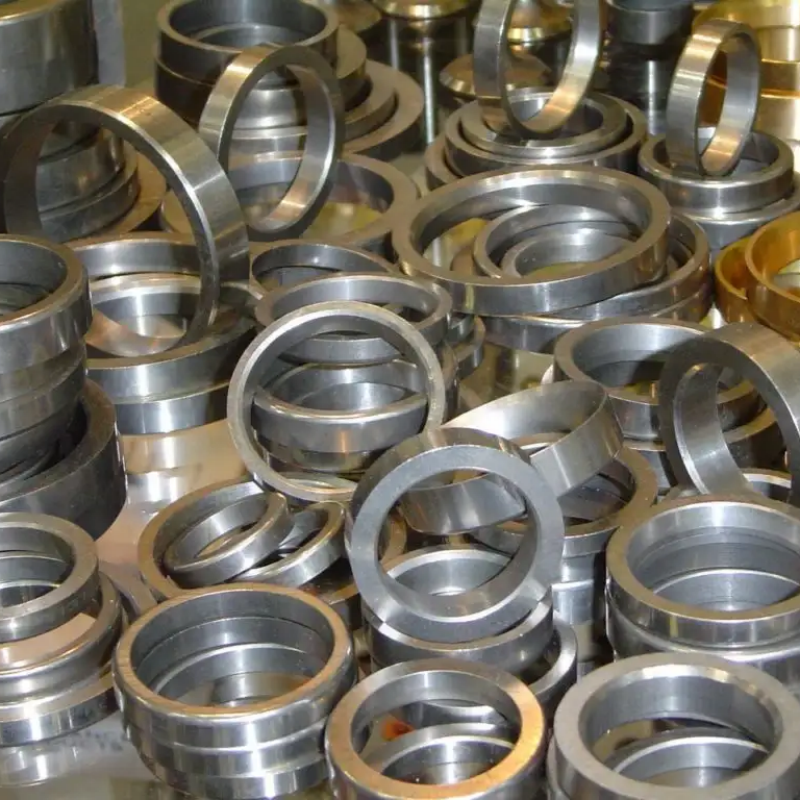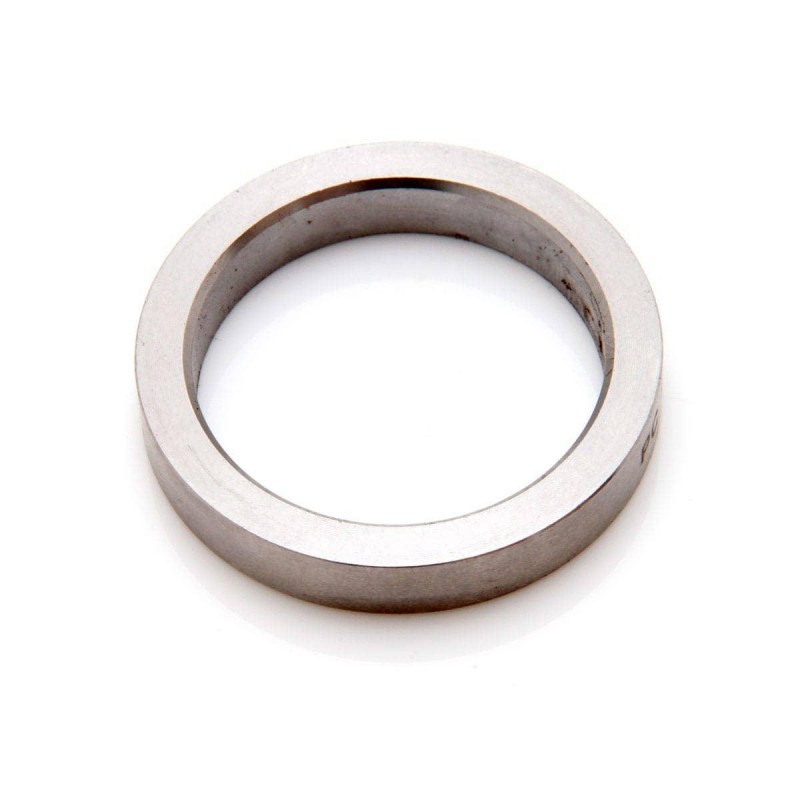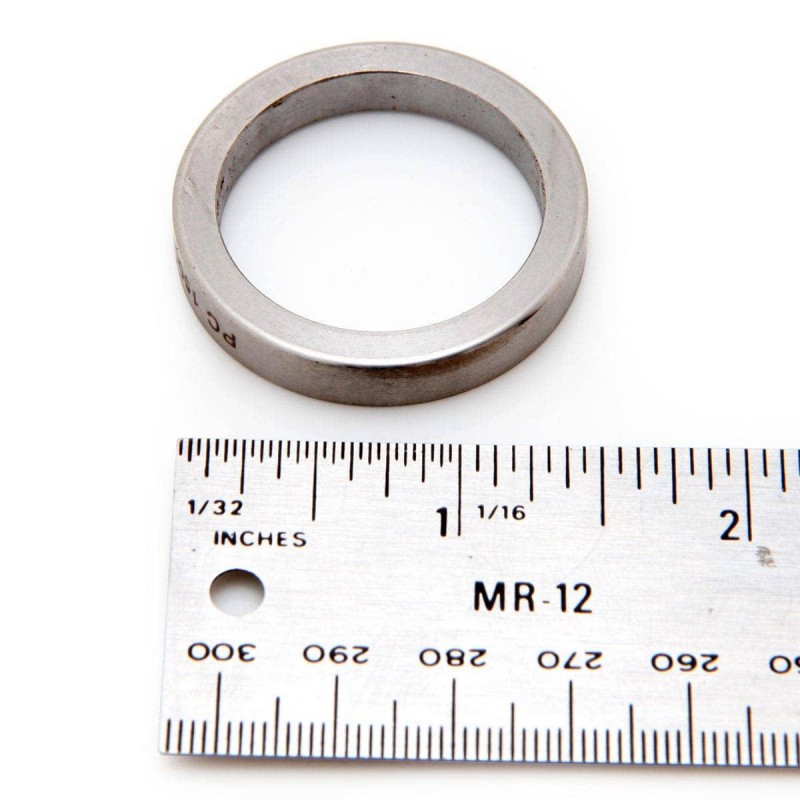The valve seat insert technique is a crucial method in the automotive and engine repair industries, primarily utilized to restore or enhance engine performance. This technique involves the installation of valve seat inserts in cylinder heads where the original valve seats have worn due to prolonged use or damage. Over time, combustion engines can suffer from various forms of wear and tear, particularly in high-stress components like valve seats. The application of valve seat inserts not only revives the functionality of an engine but often enhances its performance significantly, allowing for better sealing, control of fuel combustion, and efficiency. This comprehensive article will delve into the valve seat insert technique in detail, discussing its applications, benefits, installation processes, tools needed, and troubleshooting tips for successful implementation.
The Importance of Valve Seats
What Are Valve Seats?
Valve seats are precision-engineered surfaces within an engine cylinder head that provide a sealing surface for the valves when they close. These surfaces play a vital role in ensuring that the combustion chamber remains airtight, preventing the loss of pressure and optimizing efficiency.
Function of Valve Seats
- Sealing: The primary function of a valve seat is to seal combustion gases within the cylinder, ensuring efficient power generation.
- Heat Transfer: Valve seats aid in the dissipation of heat generated during the combustion process, improving engine longevity.
- Alignment and Support: The seats provide stability and alignment for the valves, allowing them to operate smoothly.
Causes of Wear and Damage
Wear on valve seats can occur for several reasons, including:
- Prolonged use: Continual operation can lead to erosion and deformation.
- Heat Cycles: Expansion and contraction during heating can contribute to wear.
- Fuel Quality: Poor-quality fuel can lead to deposits and increased wear.
- Improper Maintenance: Lack of regular checks can aggravate valve seat conditions.
Benefits of the Valve Seat Insert Technique
Enhanced Sealing Properties
One of the foremost benefits of the valve seat insert technique is excellent sealing capabilities. Inserts are meticulously designed to fit securely in place, providing a robust sealing surface that can withstand high pressure and temperature fluctuations.
Increased Durability
Valve seat inserts are often made from harder materials than the original valve seats, making them more resistant to wear and tear. This durability means that engines equipped with inserts can operate effectively over a more extended period, leading to cost savings in maintenance and repairs.
Improved Engine Performance
By utilizing the valve seat insert technique, engines can exhibit enhanced performance. As the inserts provide better sealing and heat dissipation, they lead to improved fuel combustion and, subsequently, greater power output.
Cost-Effectiveness
In many cases, replacing a damaged valve seat with an insert represents a more economical choice than replacing the entire cylinder head. Inserting new valve seats can provide significant savings in labor and materials.
Flexibility with Valve Types
The valve seat insert technique allows for versatility in engine modifications. For instance, if performance upgrades require different valve sizes or materials, inserts can accommodate these changes without requiring a complete engine overhaul.
Compatibility with Different Engine Types
Whether dealing with automotive engines, motorcycles, or heavy machinery, the valve seat insert technique is highly adaptable, making it suitable for various types of engines.
Tools and Equipment for the Valve Seat Insert Technique
Essential Tools
To effectively implement the valve seat insert technique, you will need a collection of specialized tools, including:
- Valve Seat Cutting Tools: Essential for creating the appropriate seat dimensions in the cylinder head.
- Reamers: Used to ensure that the hole for the valve seat insert is appropriately sized and smooth.
- Mandrels: These help align the valve seats during installation.
- Epoxy or Adhesive: High-quality adhesives are often used to secure the seats in place.
- Valve Spring Compressors: This tool assists in managing valve springs safely during installation and removal procedures.
- Micrometer or Caliper: To measure the dimensions accurately for both valve seats and inserts.
- Torque Wrench: Ensures that all components are securely fastened to manufacturer specifications during reassembly.

Safety Equipment
Safety should be a priority during any automotive or mechanical work. Necessary personal protective equipment (PPE) includes:
- Safety goggles to prevent debris from entering your eyes.
- Gloves to protect hands from sharp objects and chemicals.
- Steel-toed boots for foot protection.
Step-by-Step Process of Installing Valve Seat Inserts
Step 1: Preparation and Inspection
Before diving into the installation, initial preparation is vital. Follow these steps:
- Remove the Cylinder Head: Detach the cylinder head from the engine block, ensuring all necessary components are disconnected.
- Inspect the Valve Seats: Assess the condition of the existing valve seats. Look for excessive wear, cracks, or damage that may require immediate attention.
- Clean the Cylinder Head: Thoroughly clean the entire cylinder head using a suitable cleaning solution to remove carbon deposits, grime, and other contaminants.
Step 2: Measure and Plan
Precise measurements and planning are essential for the successful installation of valve seat inserts.
- Measure the Existing Seats: Use a micrometer or caliper to measure the diameter and depth of the current valve seats. This information will help in selecting appropriately sized inserts.
- Select Inserts: Choose valve seat inserts based on measurements and desired materials. Consider factors such as thermal conductivity and durability.
Step 3: Cutting and Preparing the Seats
The next step involves cutting the valve seat to prepare for the new inserts.
- Cutting Tools Setup: Attach the valve seat cutting tools to a suitable machine. Ensure they are sharp and appropriately sized.
- Cut the Seats: Carefully cut the existing seats to the recommended specifications. Ensure a clean and precise cut to provide a solid foundation for the inserts.
Step 4: Installing the Valve Seat Inserts
The installation phase requires precision and attention to detail:
- Preparing the Inserts: Clean and inspect the valve seat inserts before installation. Ensure there are no defects or contaminants.
- Apply Adhesive: Apply a thin layer of heat-resistant adhesive to the seating area where the insert will sit.
- Press the Insert: Insert the valve seat into its position with an appropriate tool, ensuring it sits flush against the cylinder head.
- Allow Curing Time: Let the adhesive cure according to the manufacturer’s instructions before proceeding.
Step 5: Final Adjustments and Reassembly
Once the inserts are secure, make adjustments and reassemble the components.
- Resurface the Cylinder Head: If necessary, a surfacing tool may be used to ensure the flatness of the cylinder head for a proper seal with the engine block.
- Install New Valves: Fit the new valves into the inserted valve seats, ensuring proper alignment.
- Adjust Valve Springs: Use the valve spring compressor to ensure springs are correctly installed and seated.
- Reconnect Components: Thoroughly reconnect any components removed during disassembly, ensuring proper alignment and secure fasteners.
Step 6: Testing
Once reassembled, testing the engine is crucial for validating the success of the installation process.
- Run the Engine: Start the engine and observe its operation. Listen for unusual sounds, check for leaks, and monitor temperature levels.
- Check Compression: Ensure that the compression levels are within the desired range to confirm that the valve seats are functioning correctly.
Troubleshooting Common Issues with Valve Seat Inserts
Lack of Compression
If the engine is not holding compression, potential issues may include:
- Insert Misalignment: If the insert is not properly seated, it could lead to a loss of compression. Reevaluate alignment.
- Adhesive Failure: If the adhesive did not cure correctly, the insert may become loose. Consider reapplying.
Excessive Wear
Assessment of any rapid wear or damage can indicate concerns in the valve seat insert process:
- Material Quality: Ensure that high-quality materials are used in both valve inserts and adhesives.
- Operating Conditions: Heavy loads or severe operating conditions could be exceeding the capabilities of the installed inserts.
Leakage Issues
If a leak occurs post-installation, check for the following:
- Sealing Integrity: Verify that the valve seat inserts have a proper seal without gaps.
- Component Condition: Inspect related components such as head gaskets and valve seals for damage or degradation that could lead to leaks.
Maintenance Tips for Valve Seat Inserts
Regular Inspections
Conducting routine checks on your vehicle can prevent problems with valve seat inserts. Examine the performance of your engine, and watch for symptoms of wear or leaks.
Maintain Proper Operating Conditions
Adhere to recommended maintenance schedules for your engine. Change oil regularly, use quality lubricants, and avoid excessive revving or heavy loads that could compromise the integrity of valve seats.
Address Issues Promptly
Any signs of trouble such as unusual sounds, loss of performance, or fluid leaks should be addressed immediately to prevent further damage. Early intervention can save time and costs associated with extensive repairs.
Conclusion
The valve seat insert technique plays a crucial role in modern engine repair, providing an effective solution for worn or damaged valve seats. By understanding the importance of this technique, its applications, and the detailed installation process, engine enthusiasts and professionals can ensure reliable performance and longevity in their vehicles.
From selecting high-quality materials to executing precise installations, every step in the valve seat insert process impacts the ultimate success. With proper maintenance and attentiveness to potential issues, the longevity and efficiency of an engine can be greatly enhanced. As technology advances, the valve seat insert technique will likely continue to evolve, contributing even more to the future of engine performance.
By gaining insight into where valve seat insert techniques fit within the broader context of automotive knowledge, individuals can foster a deeper appreciation for the intricacies of engine design and repair. Successful implementation of this practice not only promotes a better understanding of vehicle mechanics but also ensures that engines run smoothly and efficiently for years to come.
Tags: automotive repair techniques, engine maintenance, vehicle performance enhancement